Top 5 Essential Dog Health Tips You Need to Know for a Happy Pup
As a Canine-Assisted Therapy Trainer, I’ve had the privilege of working with many dogs, helping them thrive physically, mentally, and emotionally. There’s something truly magical about the bond between humans and dogs, but to get the most out of this relationship, we need to ensure our furry companions are in great health. With so many health tips out there, it can feel overwhelming. But fear not! Today, I’m going to break down the top 5 essential dog health tips you need to know for a happy pup. These simple yet effective practices will help keep your dog wagging their tail for years to come.
1. Nutrition: The Foundation of a Healthy Dog
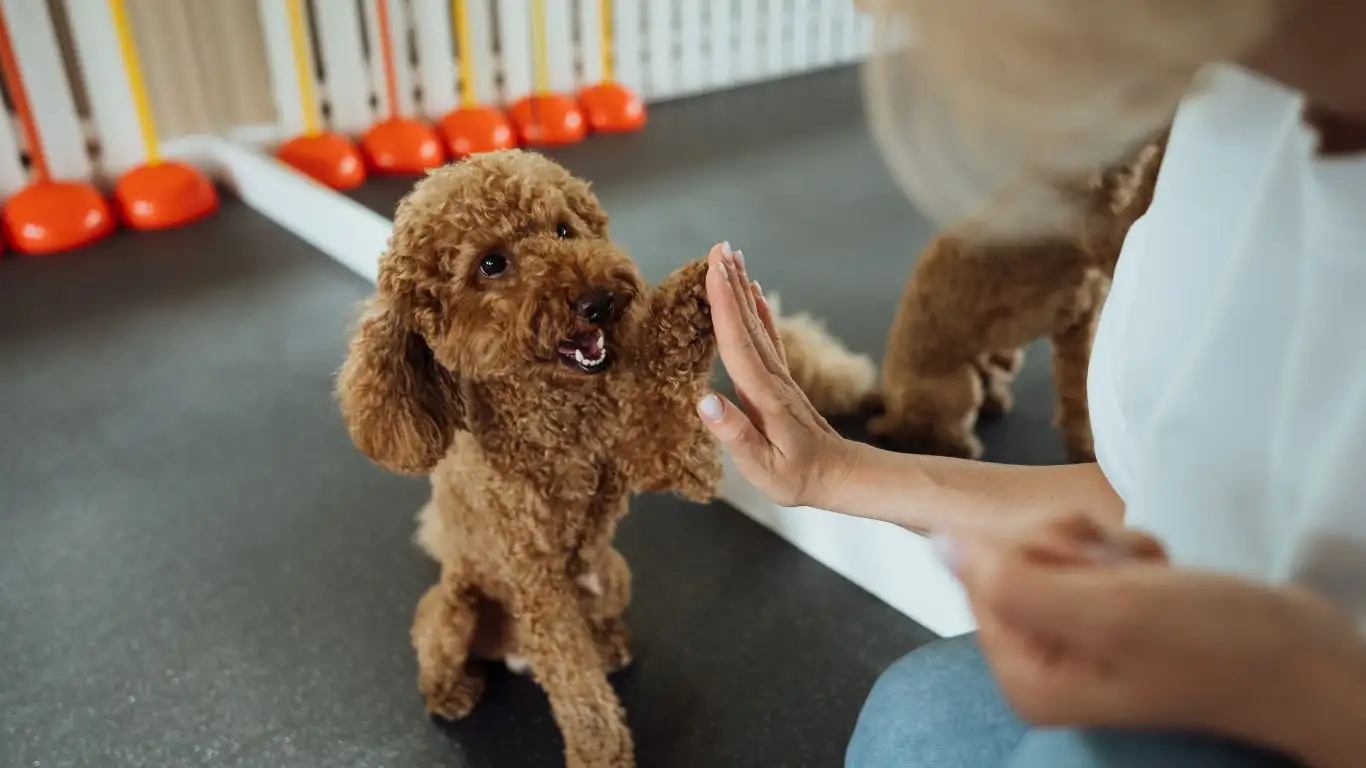
It’s no secret that what we feed our dogs plays a major role in their overall health. Just like humans, dogs need the right balance of nutrients to keep their energy levels up and maintain strong bones, muscles, and a healthy coat. But what does that actually mean for your dog?
Choosing the Right Food
First and foremost, always choose a high-quality dog food that suits your dog’s age, breed, and any health conditions they might have. For example, puppies require different nutrients than senior dogs, and active breeds will need more protein than others. I’ve seen firsthand how choosing the right food can help dogs with allergies, skin issues, and even digestive problems.
Portion Control
It’s easy to overfeed your dog, especially when they give you those adorable puppy eyes. But remember that portion control is key! Obesity in dogs is a serious health risk, leading to issues like joint pain, heart disease, and diabetes. I’ve worked with many pet owners who were shocked by how much food they were giving their dogs. It’s important to follow the feeding guidelines on your dog’s food packaging and consult your vet if you’re unsure about portion sizes.
Water, Water, Water!
Alongside a good diet, don’t forget to keep your dog hydrated! Dehydration can lead to a multitude of health issues, so always make sure they have fresh, clean water available. And remember, the amount of water your dog needs depends on factors like their size, activity level, and the weather. Dogs that are more active, or during hotter months, may need more water to stay hydrated.
2. Regular Exercise: Keeping Your Dog Fit and Happy
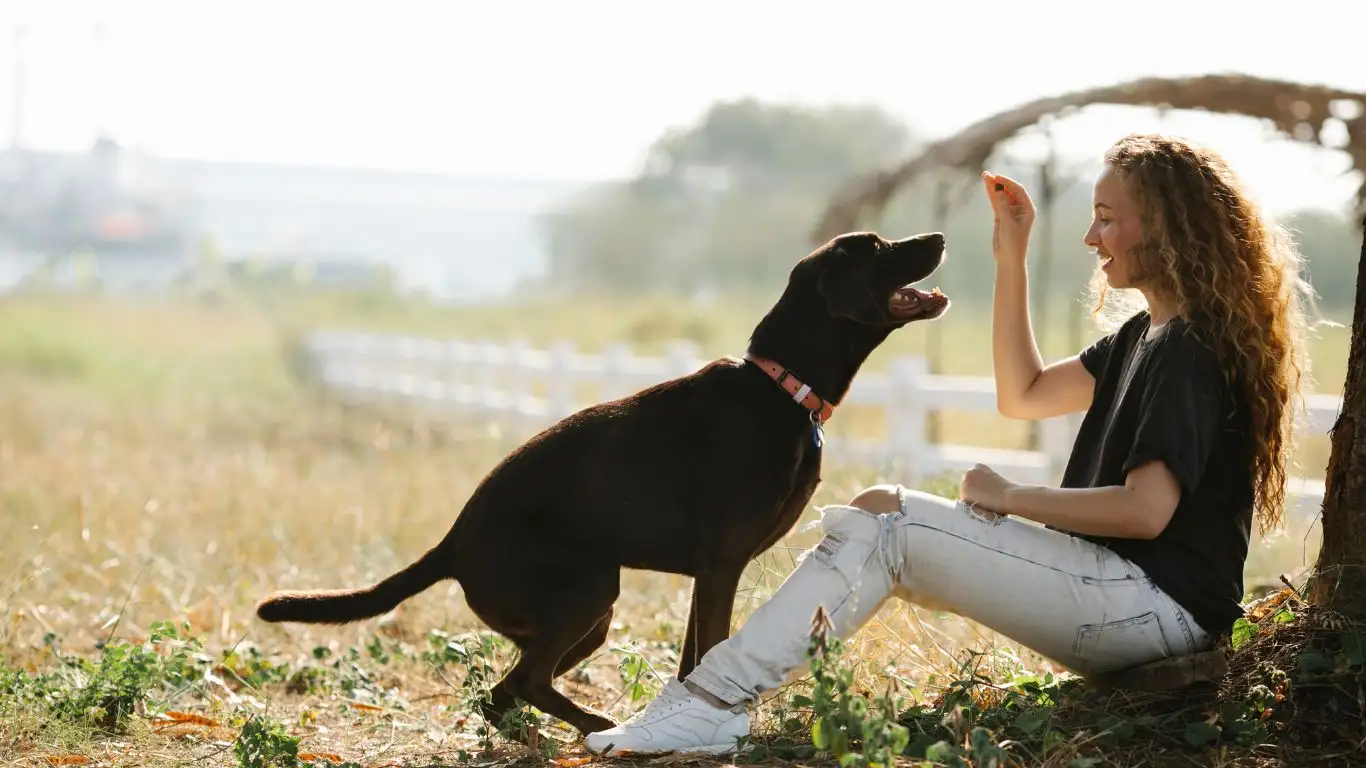
Exercise isn’t just about keeping your dog fit – it’s also crucial for their mental well-being. I’ve found that dogs who get regular exercise are generally happier, more balanced, and even easier to train. But how much exercise does your dog really need?
Finding the Right Amount of Exercise
The amount of exercise your dog needs depends on their age, breed, and health condition. Some dogs are naturally more energetic and need a lot of physical activity, like daily walks or runs, while others, like older dogs or certain breeds, may require less. A good rule of thumb is to aim for at least 30 minutes to 1 hour of exercise each day, but it’s always a great idea to check in with your vet to tailor a routine that suits your dog.
Mental Stimulation
Just as important as physical exercise is mental stimulation. Puzzle toys, training sessions, and interactive play can help prevent boredom, which can lead to destructive behavior. I’ve seen dogs who were initially shy or anxious become much more confident after some mental challenges. Things like hide-and-seek games or agility training can make a huge difference in keeping your dog’s brain sharp and their behavior in check.
3. Grooming: Maintaining a Clean and Healthy Coat
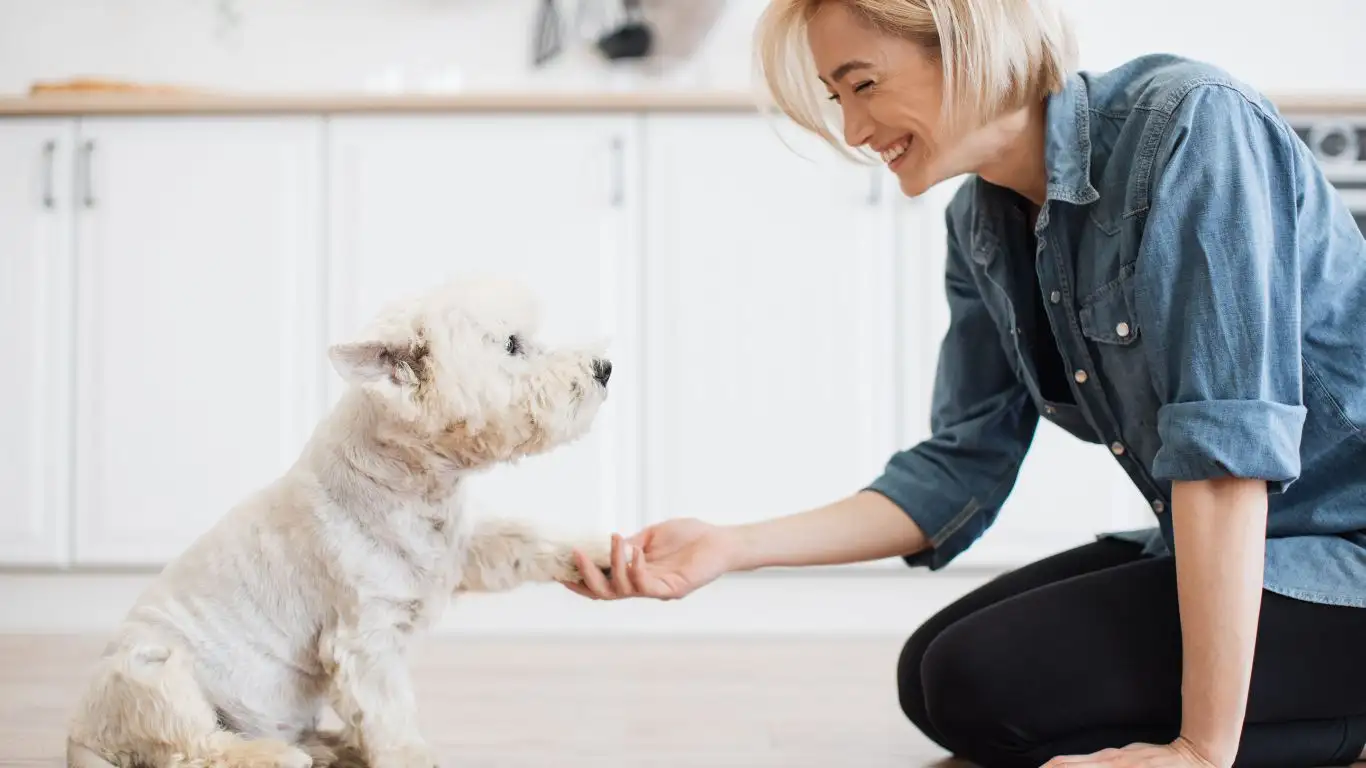
Regular grooming is essential for your dog’s health, not just for their appearance. I can’t tell you how many times I’ve worked with dogs that had matting, skin irritations, or ear infections that could have been prevented with a little more attention to grooming. Keeping your dog clean and well-maintained can help prevent these common issues.
Brushing
Brushing your dog’s coat is more than just a bonding experience – it also helps to remove dirt, prevent tangles, and distribute natural oils that keep their coat shiny and healthy. The frequency of brushing depends on your dog’s coat type. Long-haired breeds may need daily brushing, while short-haired dogs may only need it once a week. But no matter the breed, a regular brushing routine will also help you spot skin issues early, which is crucial for maintaining their overall health.
Bathing and Nail Trimming
Don’t forget regular baths and nail trims as part of your grooming routine. Bathing your dog too often can strip their coat of natural oils, but a bath every 4-6 weeks should suffice for most dogs. As for nails, keeping them trimmed will help avoid painful conditions like overgrown nails that can cause difficulty walking or even infection.
4. Regular Vet Check-ups: Keeping Your Dog’s Health in Check
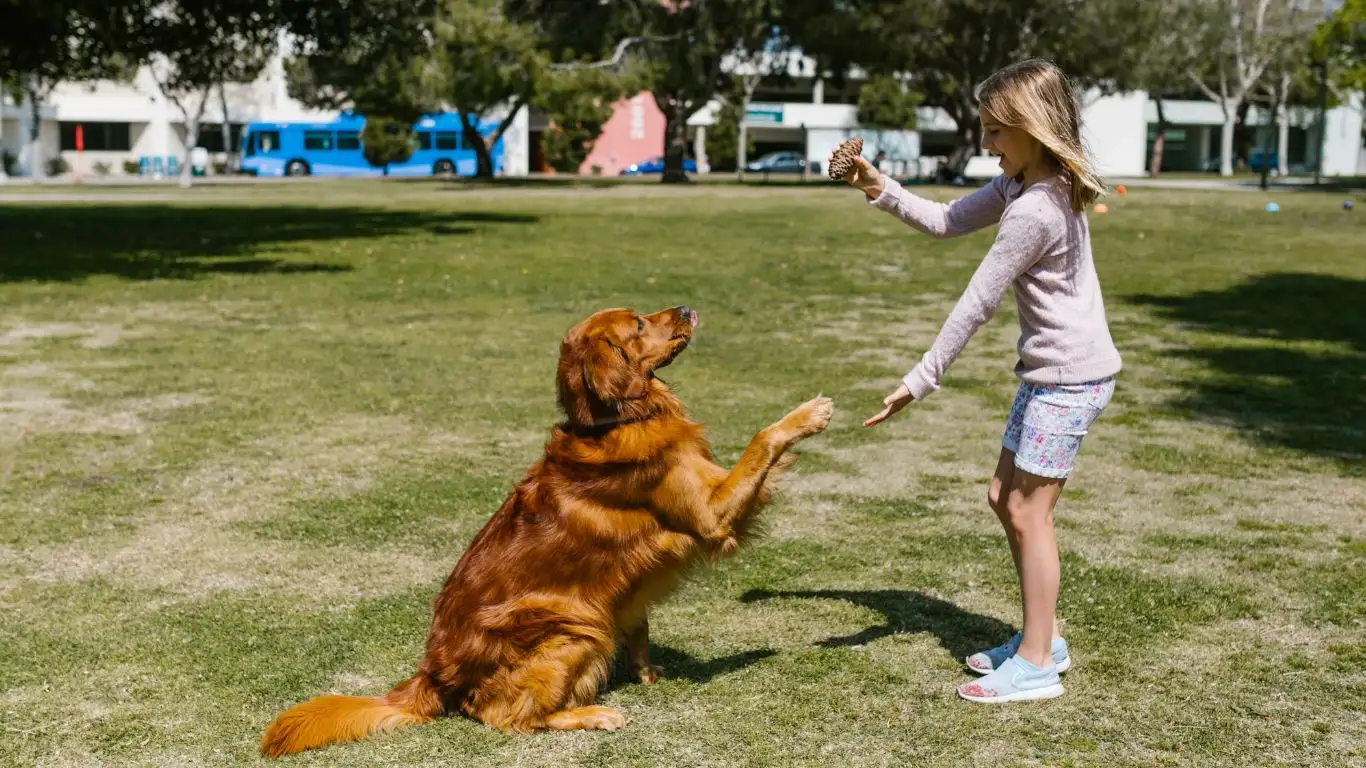
As much as we’d love to be able to handle everything ourselves when it comes to our dog’s health, regular visits to the vet are absolutely essential. A lot of dog owners, myself included, tend to put off vet visits until something seems seriously wrong. But trust me, early detection can make all the difference. Regular check-ups help catch potential problems before they become bigger issues.
Annual Health Checks
Most dogs should have at least one vet visit each year for a check-up. Even if your dog seems perfectly healthy, this is a great time to get their vaccinations, a full physical exam, and perhaps a blood test or dental check-up. I’ve had clients who were initially skeptical about routine vet visits but were later relieved to find that some minor issues could be easily addressed early on. Catching things like heartworm, dental disease, or kidney issues early can extend your dog’s life and improve their quality of life.
Dental Health
Speaking of dental check-ups, I can’t stress enough how important oral hygiene is for your dog. Dental disease is one of the most common problems I’ve seen in dogs of all ages, and it can lead to more serious health issues like infections or heart disease. Regular brushing and professional cleanings are crucial. Some dogs even need special dental chews to help keep their teeth clean. Trust me, taking care of their pearly whites can save you a lot of trouble down the road.
Parasite Prevention
Another key reason for regular vet visits is parasite prevention. Fleas, ticks, and worms are not only a nuisance; they can cause serious harm to your dog. I’ve worked with many dogs who’ve had tick-borne illnesses that could have been prevented with regular parasite prevention treatments. Your vet can recommend the best course of action based on where you live, your dog’s lifestyle, and their age. So don’t skip those regular visits – your dog’s well-being depends on it!
5. Mental Health: Caring for Your Dog’s Emotional Well-being
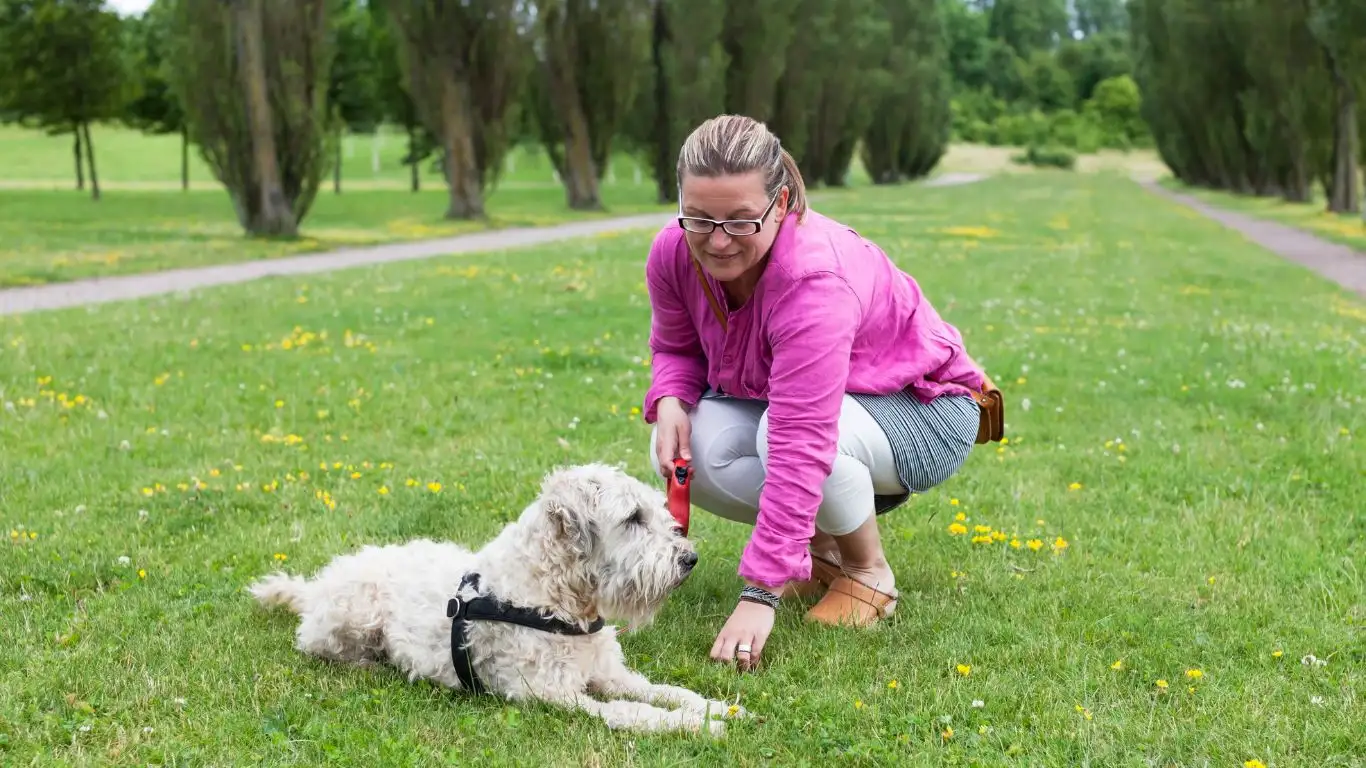
We often think about our dog’s physical health, but their mental health is just as important! Just like us, dogs can experience stress, anxiety, and even depression. It’s essential to be mindful of your dog’s emotional well-being and provide them with the support they need to live a happy, balanced life. As someone who works with dogs every day, I’ve seen how a lack of mental stimulation or stress can lead to undesirable behaviors like excessive barking, chewing, or even aggression.
Understanding Canine Anxiety
Dog anxiety can take many forms. Some dogs may be fearful of loud noises, while others may experience separation anxiety when left alone. In my experience, addressing anxiety early can prevent it from becoming a major problem. Simple things like creating a safe space for your dog, offering them interactive toys, or even incorporating calming routines can make a world of difference. I’ve worked with dogs who were initially terrified of being alone, and through patience and training, we helped them become more confident and comfortable.
Socialization and Training
One of the most effective ways to promote your dog’s mental well-being is through proper socialization and training. Dogs need to interact with other dogs and humans in positive ways to develop confidence and good behavior. I always tell dog owners to start socializing their pups as early as possible, whether it’s through puppy classes, dog parks, or playdates with other dogs. Positive reinforcement training, especially using treats and praise, is also key for reinforcing good behaviors and reducing anxiety.
Enrichment Activities
Enrichment activities are a great way to give your dog’s mind a workout. Toys that dispense treats, scent games, or even puzzle feeders can keep your dog mentally engaged. I’ve seen many dogs become much calmer and happier after incorporating these kinds of activities into their routine. Mental stimulation is especially important for high-energy dogs, but even older dogs benefit from these activities, as they help keep their brains sharp and engaged.
Taking Action: Being Your Dog’s Best Advocate
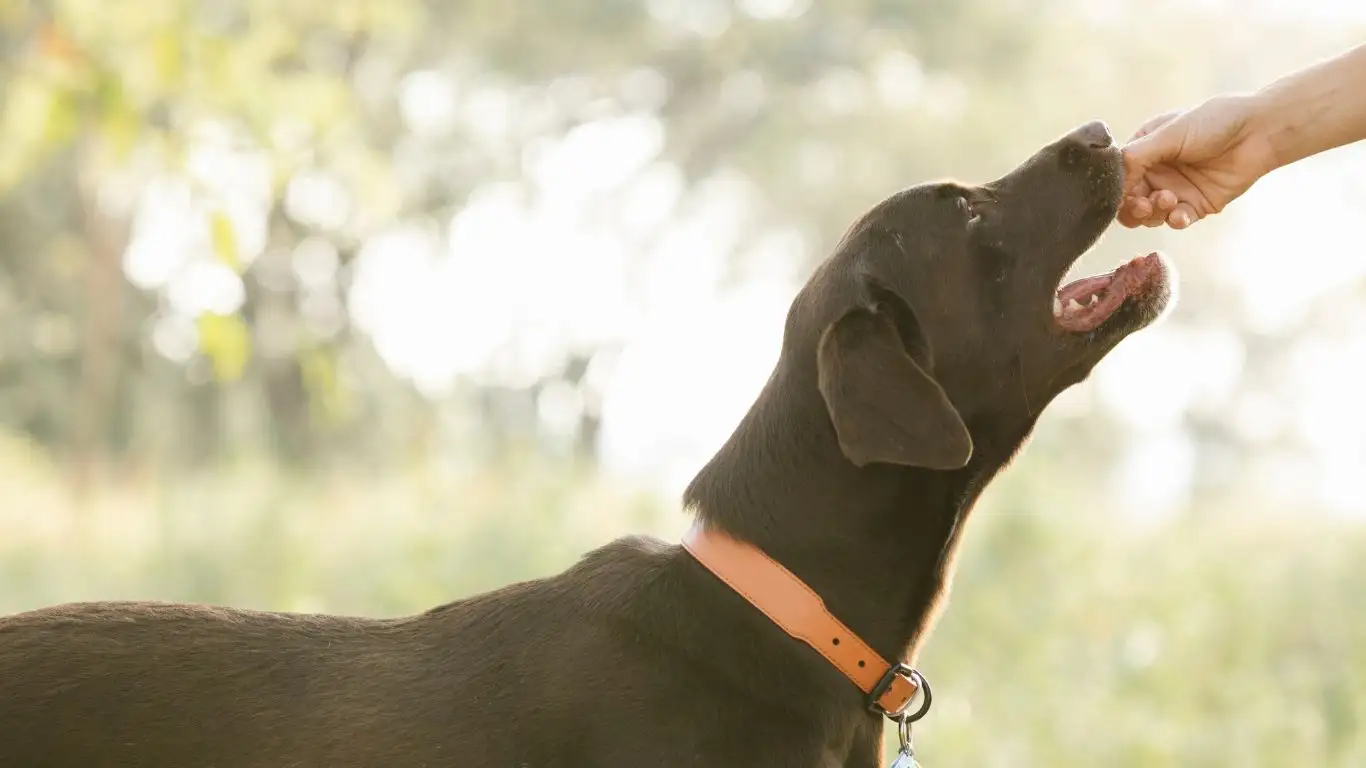
At the end of the day, being a responsible dog owner means taking an active role in your dog’s health and well-being. It’s about more than just feeding them and taking them for walks; it’s about creating a routine that supports their physical, mental, and emotional needs. From nutrition to exercise, grooming to vet visits, and mental health to socialization – every aspect plays a part in ensuring your dog lives their best life.
Personally, I’ve found that when you commit to these health practices, not only does your dog thrive, but your bond with them becomes even stronger. And in my experience, the effort you put in now will pay off in the form of a long, healthy, and happy life for your furry friend. Remember, the more you invest in your dog’s health, the more joy they’ll bring to your life.
6. Safe and Fun Playtime: Strengthening Your Bond
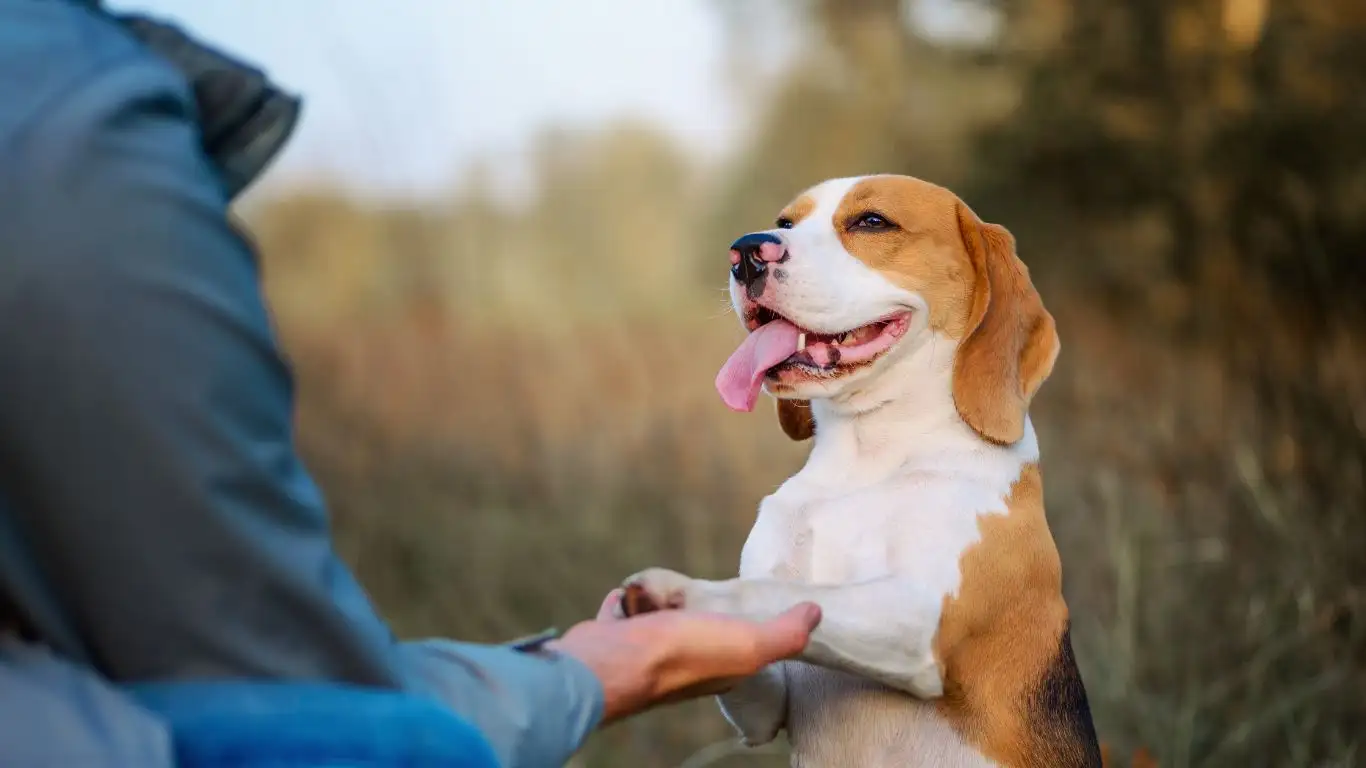
Playtime is one of the most enjoyable parts of owning a dog, but it’s also a critical aspect of their health. I can’t tell you how many times I’ve seen dogs become more relaxed, happier, and healthier simply from engaging in regular, fun play sessions. Not only does it keep them fit, but play is also a great way to bond with your dog, creating memories and building trust.
Interactive Play
Interactive play, such as fetching a ball, tug-of-war, or using treat-dispensing toys, is one of the best ways to engage your dog. I’ve found that using toys like puzzle feeders or treat-dispensing balls keeps their minds sharp and their bodies moving. Dogs love a challenge, and these activities provide the mental stimulation they need. Plus, they’re fantastic for preventing boredom-induced behaviors like excessive barking or destructive chewing.
Training Through Play
Another great way to combine fun and learning is by using play as a tool for training. Incorporating commands during play, like ‘sit’ or ‘stay,’ can help reinforce good behavior in an enjoyable and low-pressure way. I’ve found that this approach works wonders, especially for energetic dogs who may get a little too wound up during traditional training sessions. The key is to keep things positive and fun – after all, play is supposed to be enjoyable for both you and your dog!
Safety First
While playtime is essential, safety should always come first. I’ve worked with pet owners whose dogs had injuries from overexertion or from playing with unsafe toys. Be sure that your dog’s toys are durable and appropriate for their size and play style. Avoid small toys that can be swallowed or toys with sharp edges that can cause injury. And always supervise playtime, especially if you’re playing with other dogs or engaging in vigorous activities like running or hiking.
7. Dog-Proofing Your Home: Preventing Accidents and Injuries
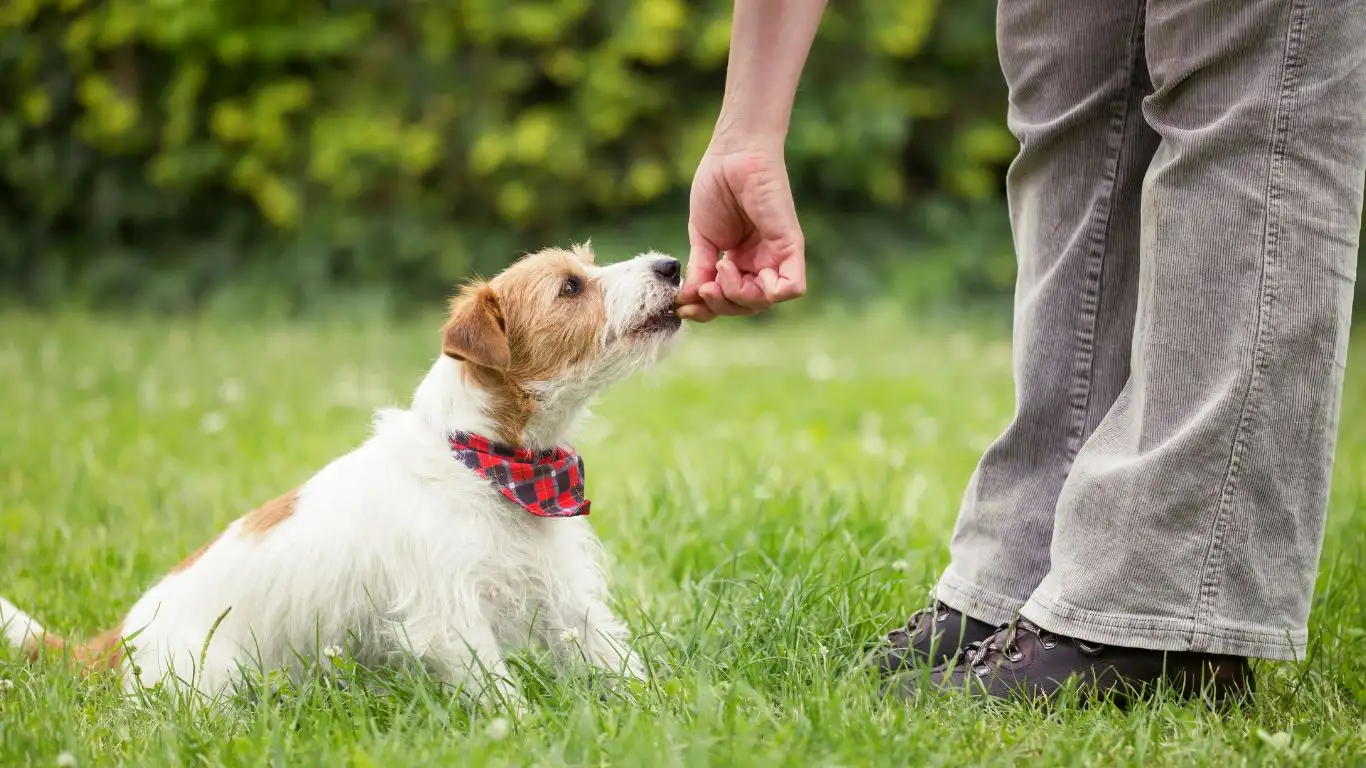
As much as we love our dogs, they can sometimes get into mischief around the house. Ensuring that your home is dog-friendly and safe is a simple yet crucial part of keeping your dog healthy. Over the years, I’ve had countless conversations with pet owners who wish they had dog-proofed their homes better. The good news? It’s easier than you might think, and the peace of mind it gives is well worth the effort.
Hazard-Free Zones
Start by identifying areas in your home that could pose a risk to your dog. Things like cleaning supplies, electrical cords, and small objects that can be chewed or swallowed are common culprits. In my own home, I’ve made it a habit to keep chemicals and cleaning products in high cabinets that are out of reach, and I always make sure electrical cords are tucked away or covered. This not only prevents injury but also ensures that your dog isn’t exposed to harmful substances.
Secure Furniture and Fixtures
Believe it or not, even furniture can be a hazard. Dogs often love to jump on furniture or get into places they shouldn’t, and sometimes, this can lead to injuries. I’ve known many dogs who’ve hurt themselves by jumping off high furniture or getting stuck in places they shouldn’t be. Simple adjustments, like securing heavy furniture or providing your dog with safer, designated resting spots (like a comfy dog bed), can go a long way in preventing accidents.
Dog-Proofing the Yard
If you have a backyard, dog-proofing it is just as important. Fencing should be secure to prevent your dog from running off, and you should check for any sharp objects or harmful plants. Certain flowers, like lilies, are toxic to dogs, so make sure your garden is safe for them to explore. I once worked with a dog who loved to dig and managed to escape through a small hole in the fence. After reinforcing the fence, it was a whole new world of safety for the dog and their owners!
References
For further information and expert advice, feel free to check out these reliable sources:
Disclaimer
While the information provided in this article is based on personal experience and reliable sources, it’s always important to consult a veterinarian for professional advice tailored to your dog’s specific needs. Every dog is different, and their health requirements may vary depending on factors such as breed, age, and existing health conditions. Always make sure to follow the advice of your veterinarian for the best care possible for your furry friend.




